FOUR ELEMENTS (Yaytse-Raytse)

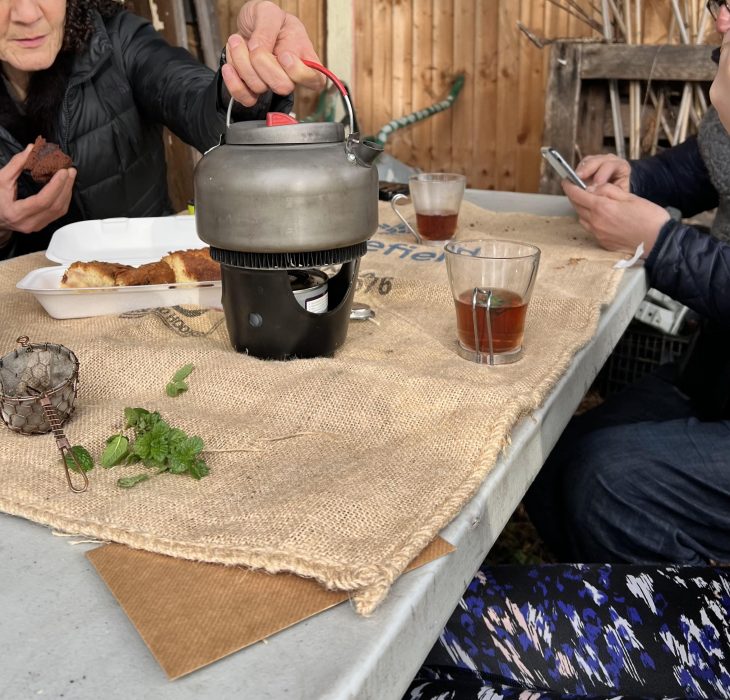
When my parents – forest managers working with the land – first arrived to London in February 2022, Cordwainers welcomed them to the site. This act of hospitality made me think of what is welcome? The definition of welcome is a ritual of entering into contact with another person. In Ukrainian it is : вітання [vitannya], with the latin root for vita – life. Also in Ukrainian вітальність [vitalnist’] means: a state of being alive 1》 Здатність залишатися живим. 2》 Рух, дія або сила. Vitaliy: def. 1. the state of being strong and active; energy. 2.the power giving continuance of life, present in all living things. powered by commitment, urgency, outside of self, way of being … How do we respond to this welcome? And what’s the best way to go about bringing in larger community into the fold we have created?
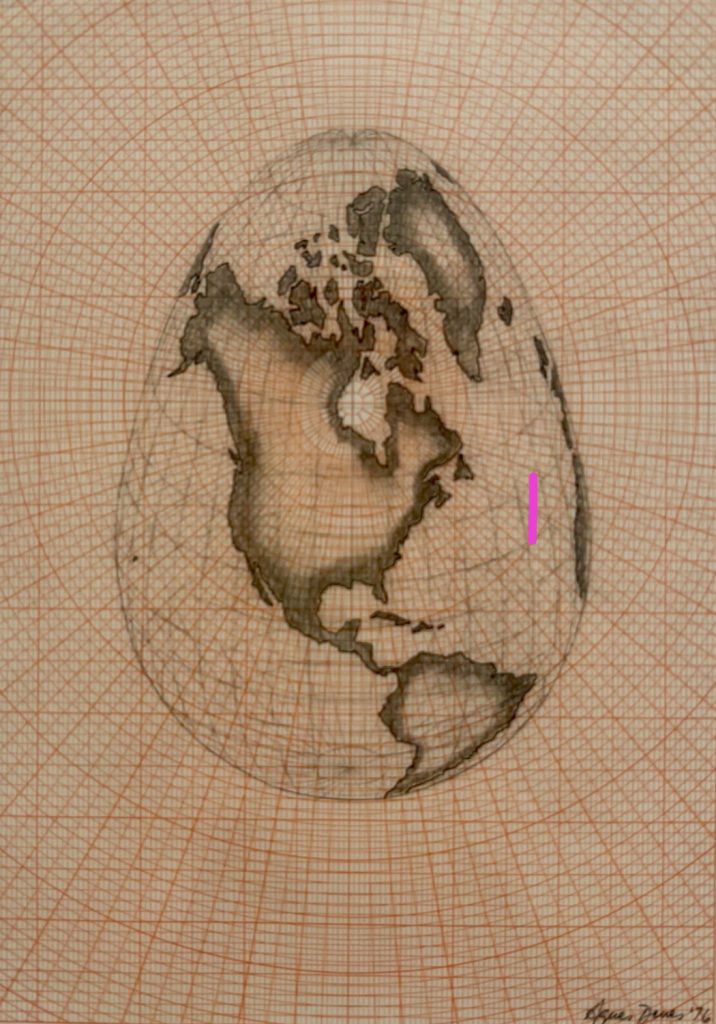
“Egg symbolises a source of new life – it is a model of the universe – also symbol of wealth, prosperity and good harvest. Many agrarian magic rituals included eating or burying the egg on the field when the crops were coming up, shells from painted eggs were buried in the orchard or field to help field productivity. So the fact that cattle started coming out of the egg in Yaitse Raitse tale – follows the same logic.” (ref. Yaroslava Muzhychuk Фарбованому Лисі.)
Image: Agnes Denes, Map Projection: The Egg; 1974
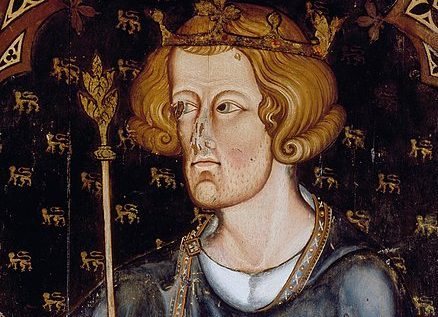
Sophie went on a conference to Stockholm history museum during her work trip in July’23. Painted in Eastern European tradition, Resurrection dates back to Viking Age and arrived from Kyiv as a gift. Usually a symbol wishing prosperity. King Edward I in 1290 gave 450 eggs in gold leaf or boiled and dyed were presented to the royal household at Easter. –British Library

Malevich, having grown up in rural Ukraine seeing the tradition of egg painting, in turn painted his “Mystic Suprematism “evoking the compact spell of the icon, as a conduit of the divine”(ref. Newyorker). While his Black Square (1920-27) is said to have been the premonition of the Stalin’s 1930’s famine.
The Яйце-райце [Yaytse Raytse] Magic Egg tale Sophie brought up has given shape to our project thinking. This fairy tale was recorded in 19C in Ukraine. The local mythology has come to us through fairytales carried the seed of the pre-indo-European mythology, like the female winged, sometimes snake-legged deities, also referred to as povitryli. Or the magical bird that the male hero character has to harness, in order to achieve his happiness. He is to bring egg back home from the heaven (ref paper.) The egg is also a source of great wealth. All the while through the story, the snake girl helps with the hero’s mistakes in handling egg.
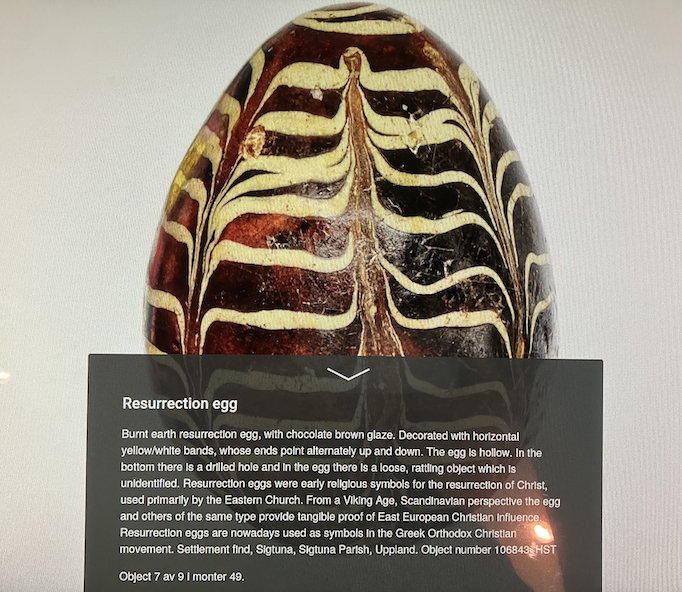
21 August
Olha & Sophie will bring together local volunteers at Cordwainers Grow with newly arrived refugees on the Home for Ukraine scheme in Hackney to explore climate change through historical lens over workshops marking the passage of nature’s cycles. Through the workshops we will engage and inspire our participants to make memories and meanings specifically through their connection to the land, plants and animals. Over tea and storytelling, our workshops will strengthen the connections to the local borough and people by layering historical, ecological and horticultural knowledge from mediaeval times to today. Participants will contribute content to the sound sculptures to be exhibited at UCL in March 2024. Part of UCL Trellis public art programme.
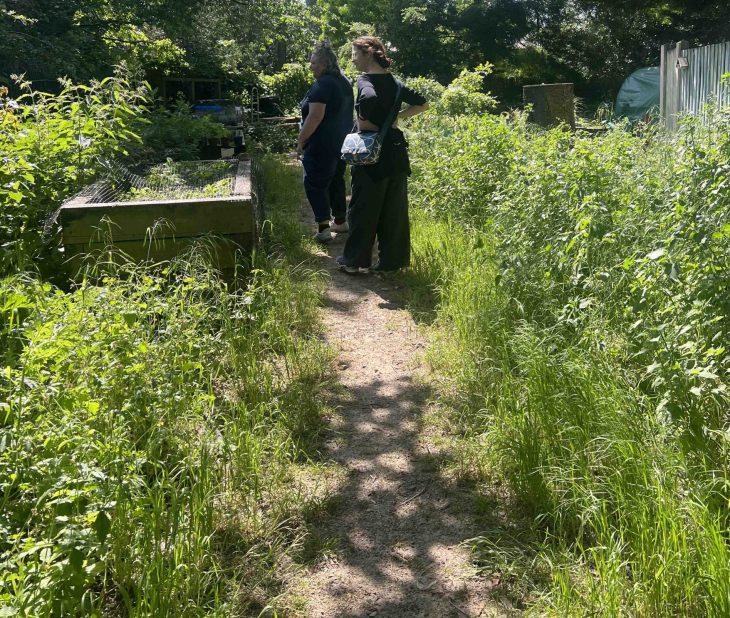
When we first started thinking of this project with Sophie, eggs were in short supply on British shelves as the avian flu still hitting the UK market. That reminded me of perestroyka times when I was waiting in line to exchange coupons for foodstuffs in the time of similarly gappy market shelves. Back then the precarity of the 90s sent me to pursue American dream -as a scholarship student migrating to the US for studies, starting anew, my identity there became exorcised and glamorised. In the last five years closeness to the land, growing own vegetables for need became a trendy wellness thing. Cordwainers activity addresses this important gap with their intention to respond to the problems that the disconnect from the land, centralised food systems have created.
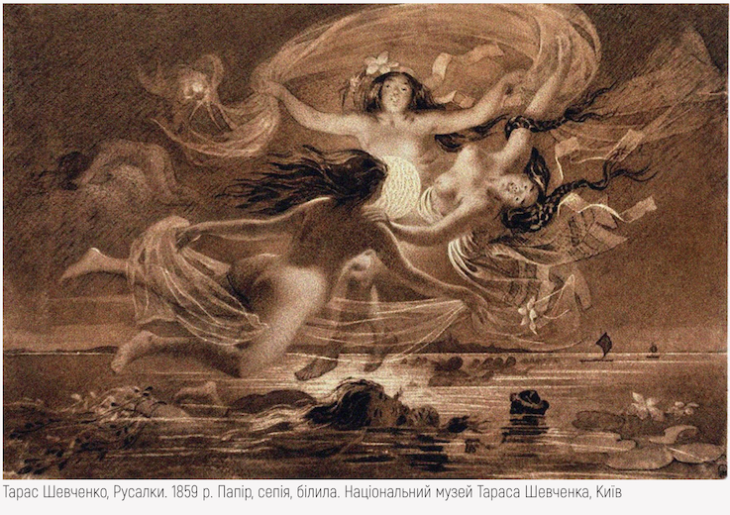
“Archaic and distinctive images of Ukrainian lower mythology are mermaids and mavky (mermaids, sprites, sprits and nymphs). Researchers associate mermaids with the image of dead people, that is, people who died or drowned. It was generally believed that mermaids become girls or small children who died before baptism. Mermaids are the main figures of the Trinity calendar ritual (on the Trinity holiday). That is why they are simultaneously associated with the cult of deceased ancestors and the cult of vegetation.” (ref: Honchar Museum )
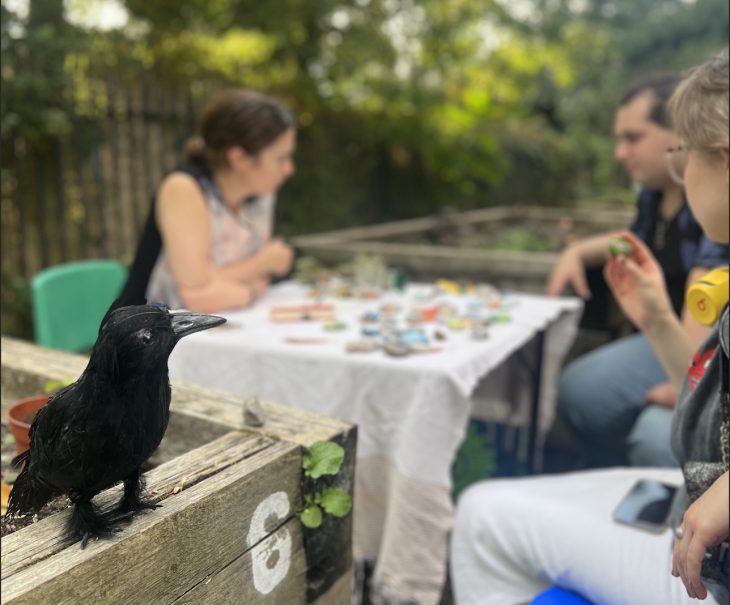
End of Summer Stories – first public engagement workshop layering historical, ecological and horticultural knowledge from medieval times to today took place on 16 September. (First of four, because all good things come in 4s. )
We brought together local volunteers from Cordwainers Grow and Ukrainians who have recently arrived in East London on the Homes for Ukraine program.* The event included a performance by a professional storyteller Olivia Armstrong, and an exchange of knowledge about the medieval history of local birds with Sophie. The Cordwainers Grow demonstrated their activity with workshops of natural dyeing and hapa-zome printing with organic materials grown on site.
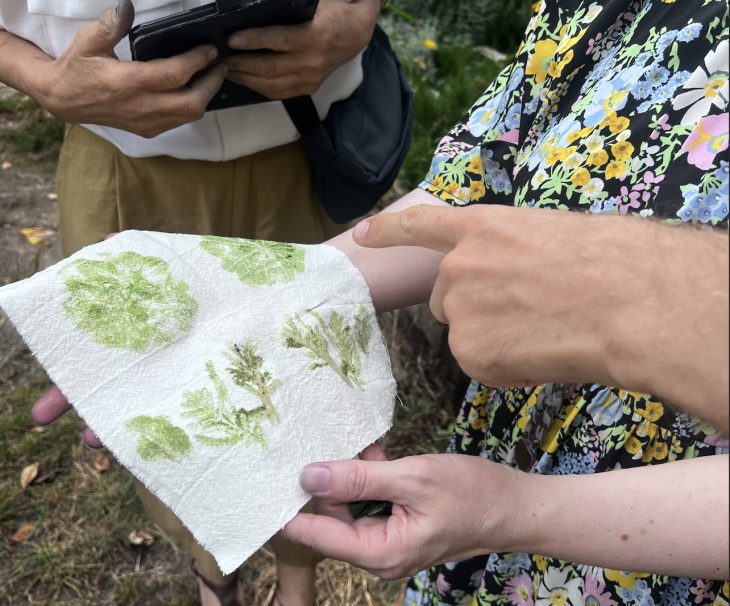
Daniel Gilbert: the human being is the only animal that thinks about the future and has the ability to imagine events. The human brain is an “anticipation machine” and “making future” is the most important thing that it does.” in “Our Imagination of Future Happiness and Its Shortcomings” (ref. Journal of happiness studies).
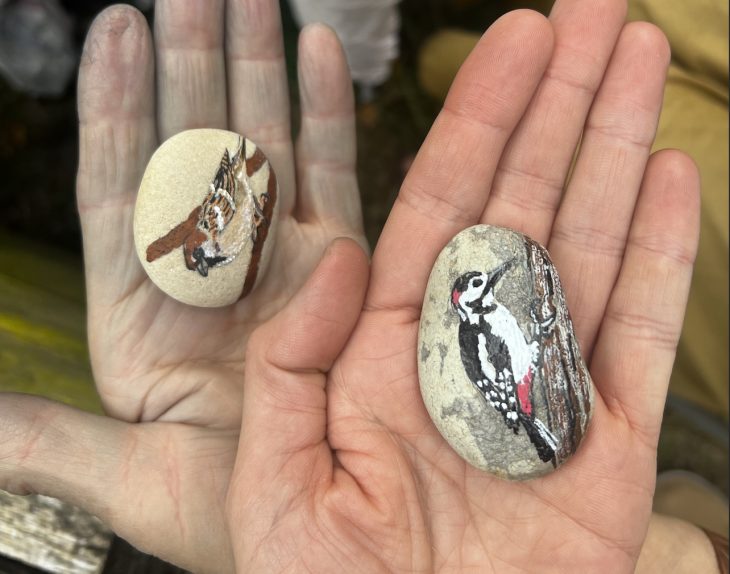
“Writing thirty years ago, Alfred Gell anticipated the place of ritual in the work of an artist like Thompson. Gell wondered why the questions his fellow ethnographers routinely asked about art which had been created in the non-West were not generally posed in relation to art made in the contemporary West, and he proposed that there were many insights into the form and the function of artefacts to be gained by doing so. He saw magic and aesthetics as profoundly, universally conjoined.” Marina Warner in “Forms of Enchantment”, Writings on Art & Artists
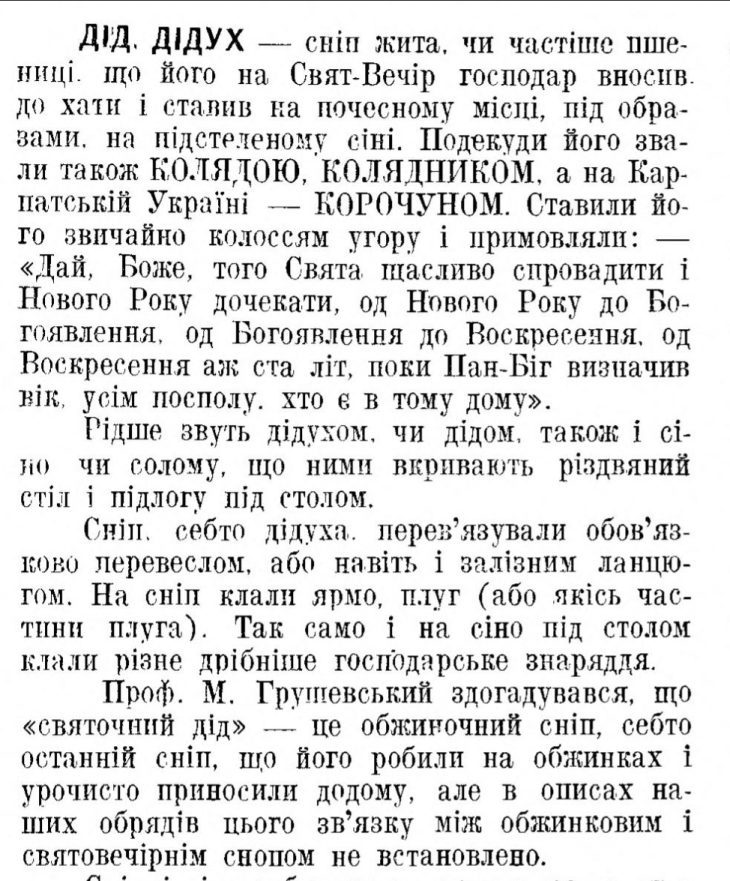
To situate ourselves in the environment and time, we look to stories and myths with All Souls magic. The ritual artefact prepared by mediaeval people working the land of current Ukraine was Didukh. Made from wheat or rye – it is a decorated sheaf of wheat. Current Ukrainian tradition is to place such decorated sheaf of wheat at the head of the Christmas table. Besides the same root and symbolism – hosting the ancestor (literally grandfather) spirits – there are no definitive records linking Didukh to the Autumn Didy. While recreating this artefact, I realised that materials for it are easier to come by during the harvest season. Therefore during All Souls workshop we will offer Didukh making to be used in the upcoming Christmas. (ref. Encyclopedia)
My father clearly remembers in his childhood what was called didukh was collected at the end of harvest from obzynok – last stalks of wheat. It was stored in komora, hung up on the wall further away from the mice and the birds. Harvesting was concluded with a celebration with food at the field.
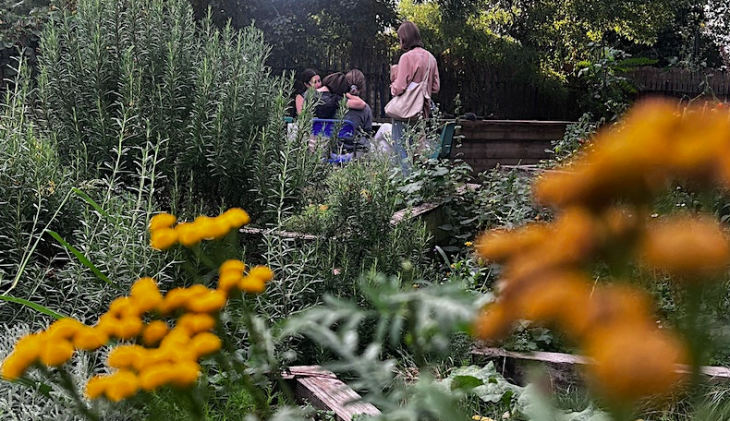
“The personification of plants in medieval ritual texts emerged from this ancient medico-magical tradition but also gained currency from the respectability of the goddess Earth (Tellus, Terra, or Gaia), a view of plants as allies in the cosmological struggle of good and evil “- Sophie Page.
All Souls Magic event will offer a performance of mourning and supplication of nature for future prosperity and abundance. This short piece, designed and performed by Maria Magdalena, will draw from the poetry of Lesia Ukrainka and Adam Mickiewicz and a medieval Anglo-Saxon field charm.
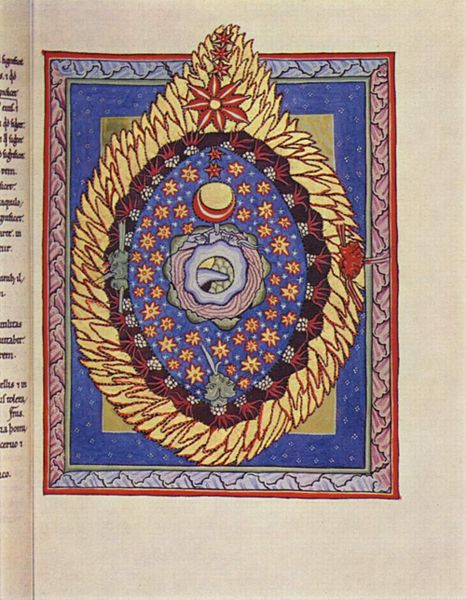
Hildegard Von Bingen’s visions related in the Scivias were largely about “joy,” joy in God and in nature, as she puts it, “in the cosmic egg of creation.” ref. M.A. McIntosh
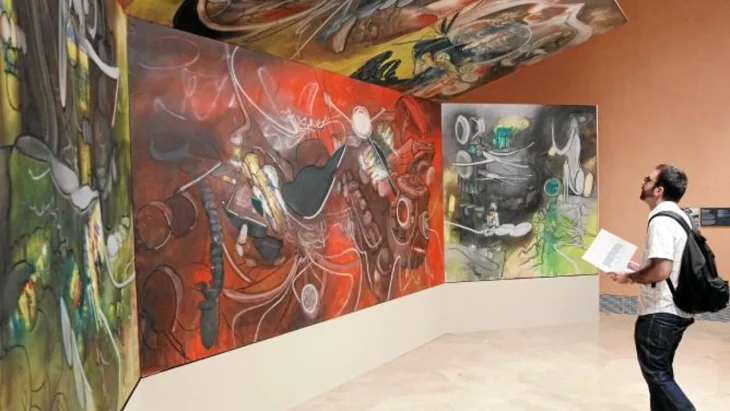
Over the Easter 2023 I went to see an exhibition of Ukrainian Modernism at Museo Nacional Thyssen-Bornemisza in Madrid. While there, I found this work by Roberto Matta in their permanent collection really sticking. Roberto Mata spoke about it: ”I .. want to disturb, so that the viewer becomes a minority. I want these viewers, instead of possessing the painting, to be possessed by it, to be bombarded by an enormous amount of awareness that reaches them. Trapped in an unbearable situation because of this painting, they are obliged, they too, to carry out a poetic act of creation to make it their own: besieged by the real, they feel overcome and, therefore, they reflect.”
…”The similarity between these images and a foetus’s view of the placenta and the glands and liquids inside the womb make the installation a symbolic representation of the uterus. “- Paloma Alarcó about the Dazzling Outcast on the museum’s website.
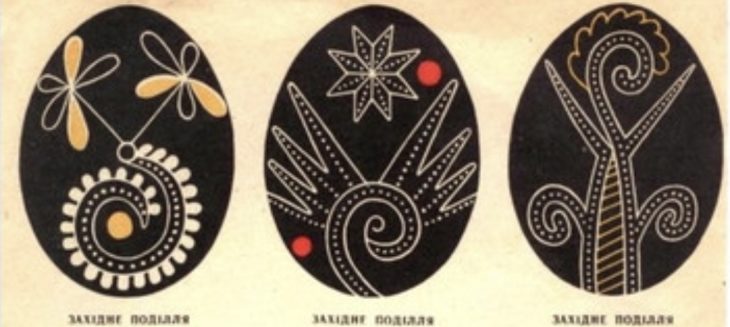
A package with childhood books arrives- this is an illustration from one of these – a traditional Easter Egg from Podillya region in Ukraine featuring a pattern of Берегиня (Berehynia) female deity that merges with that of Tree of Life.
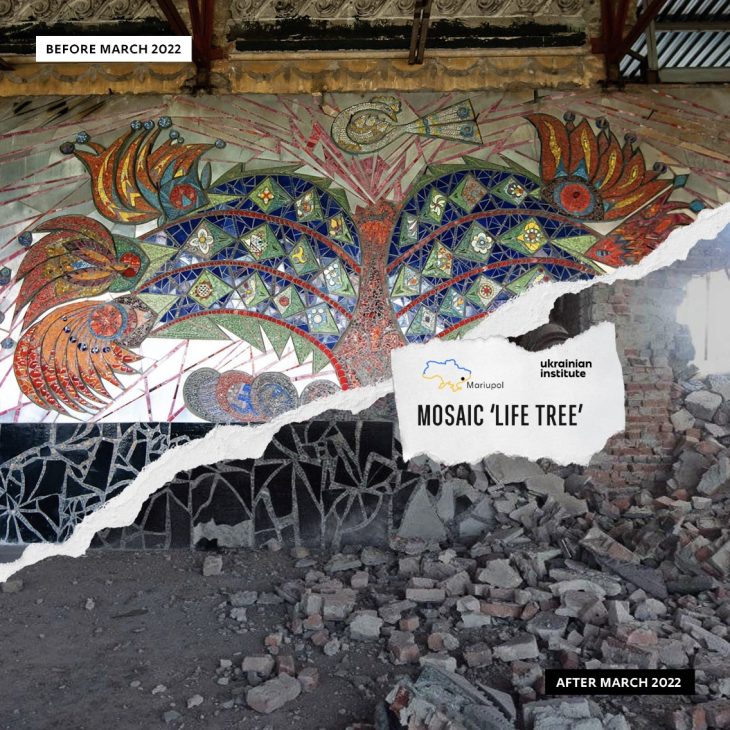
Ukrainian Institute posted these before and after the invasion photos of the Tree of Life mural by Alla Horska in Mariupol.
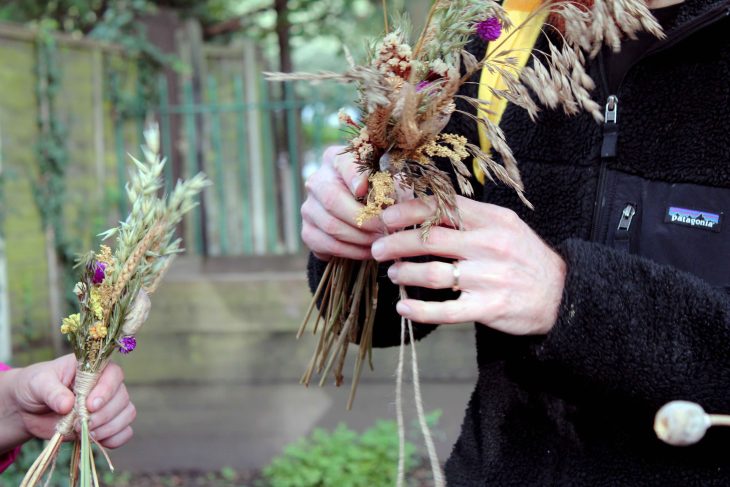
All Souls
All Souls Magic event – a collaboration between artist @olhapryymak and a UCL researcher of medieval magic Sophie Page took place on the last warmish weekend in October 2023, welcoming back Cordwainers volunteers, newly arrived Ukrainians and the local community to try a hand in recreating historic harvest rituals. The objects made – didukh and wish dolls – were deemed in Ukraine to host the wandering ancestor spirits. Imaginary creatures and wandering spirits featured in Sophie’s painted stones activated conversations about how our ancestors coped with change: from summer to autumn, from want to plenty, from life to death.
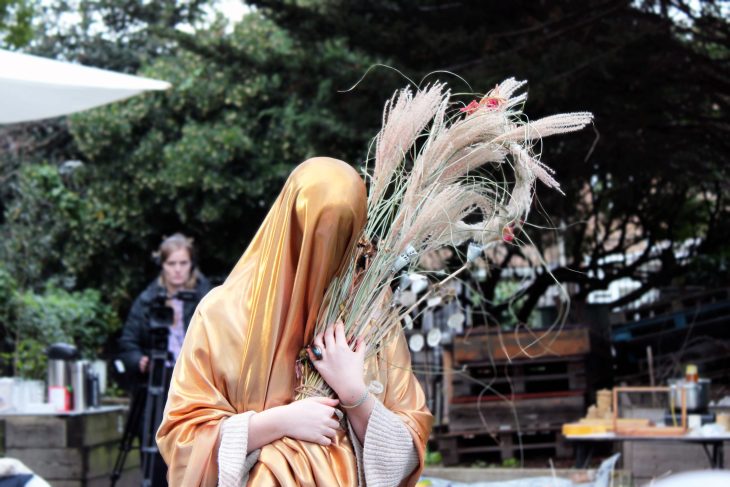
The event was activated by a beautiful performance by artist Maria Magdalena, drawing on poetry by Adam Mickiewicz and Lesya Ukrainka. Event images @Sofiya Marynyak.
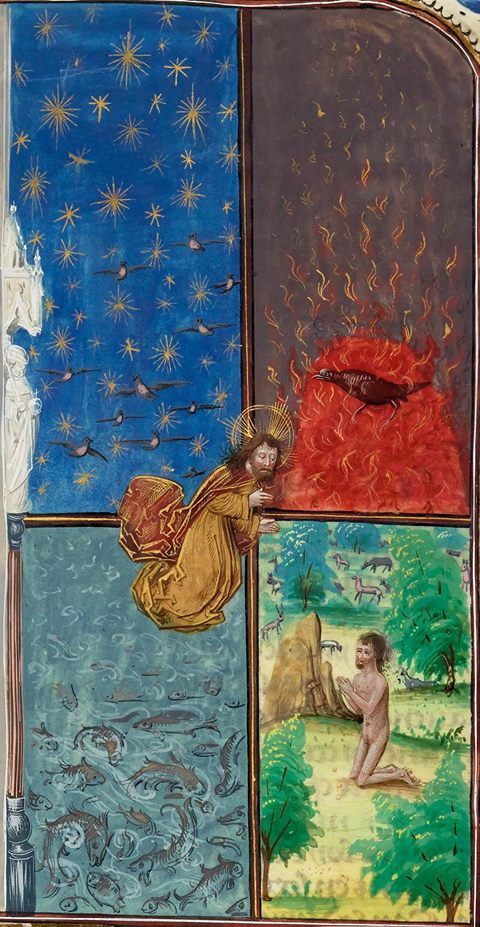
Next workshop theme, originated from Sophie’s teaching on medieval cosmology; to be timed for darkest part of the year just after the winter solstice: the four elements to be thought through making and discussed over candle-lit dinner at Olha’s studio
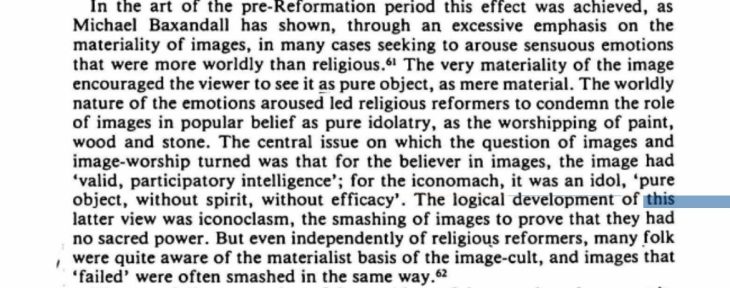
Scribner: Cosmic Order in pre-industrial society
